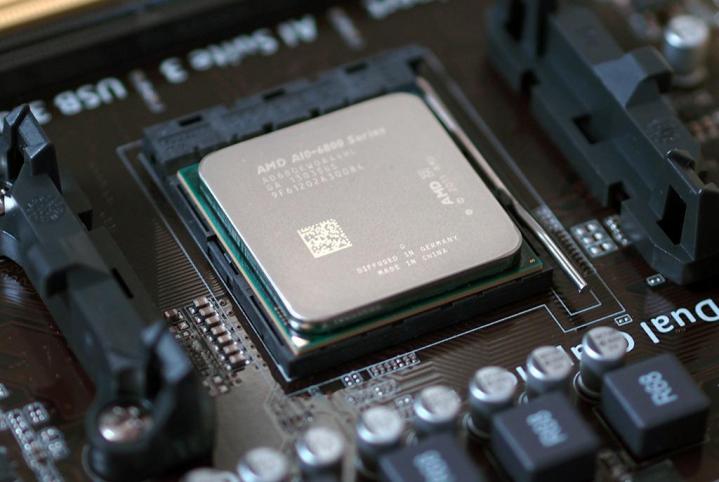
Up until recently, the line between low-power ARM processors and x86 CPUs has been distinct: ARM-powered devices consisted primarily of tablets, 2-in-1 hybrids, and convertibles, while x86-powered machines were mostly laptops.
It wasn’t until the advent of Windows 8 and Windows RT in 2012 that we saw a lot of crossover, with Intel Core CPUs appearing in several tablets and convertibles, such as Microsoft’s Surface Pro, as well as a handful of ARM-based PCs, such as HP’s 21-inch Slate 21 k100 All-in-One Desktop PC, which is powered by Android.
In response, chip giant Intel’s primary competitor, AMD, announced recently that it will, in parallel with the company’s next-generation of x86 processors, develop its own 64-bit ARM-based CPUs, which are code named “Project SkyBridge.”
The product roadmap entails, according to AMD, the creation of pin-compatible processors for either architecture that can be socketed interchangeably into one-size-fits-all platforms for PCs, servers, and tablets.
Why two architectures?
AMD spokesperson Lisa Su, senior vice president and general manager of the chip maker’s Global Business Unit, said that AMD believes that the two platforms “will be the dominant architectures going forward.”
In other words, both instruction sets are potentially profitable, which makes developing 64-bit ARM technology logical for a CPU manufacturer. AMD believes, according to Su, that, though the market for x86 processors has fallen recently, it will level off, while ARM chip deployment will continue to grow.
What is SkyBridge?
The resulting SkyBridge accelerated processing units (APUs) will be based on AMD’s Heterogeneous System Architecture (HAS), which, among other features, allows the CPU and graphics cores within the same chip to access the same memory—a feature unsupported by the industry standard Instruction Set Architecture (ISA).
The SkyBridge ARM-based APUs will use low-power 64-bit ARM Cortex-57 cores, while the x86-based chips will feature AMD’s next-gen Puma+ central processor cores. Both instruction sets will use the company’s upcoming 20-nanometer process, as well as AMD’s new Graphics Core Next architecture on a SoC (System-on-a-Chip) design.
One of the more obvious benefits of utilizing a single socket regardless of platform, is that it provides flexibility, and allows ODMs (original design manufacturers) and OEMs (original equipment manufacturers) to save on costs. Although it may be too soon to tell, 64-bit ARM-based laptops, desktops, and hybrids could turn out to be a viable low-power alternative.
When should we see SkyBridge CPU?
AMD has already been heavily engaged in the development of ARM 64-bit server chips over the past few years. Earlier this year, the company began demonstrating the first server products, code named “Seattle.” Furthermore, the company plans an even more comprehensive ARM-x86 approach, in the form of next-generation APUs for 2-in-1s, PCs, and tablets. These processors, code named Mullins and Beema, will consist of AMD’s next generation x86-based APUs, with an ARM-based core for handling security functions on the same SoC.
Again, it’s difficult to say right now where the processor trend is headed, but AMD is proceeding with the belief that 64-bit ARM APUs deserve the same amount of time and money investments as x86 processors.
In fact, the company has licensed ARM’s 64-bit instruction set, with plans to develop its own homegrown ARM cores, the first of which are slated to show up in 2016. That project, called “K12,” coupled with the upcoming SkyBridge Project, could, change the future of computing, if AMD has its way.



